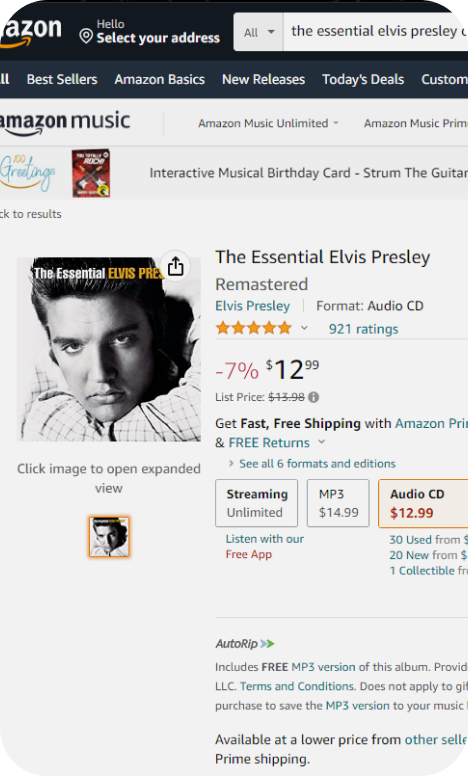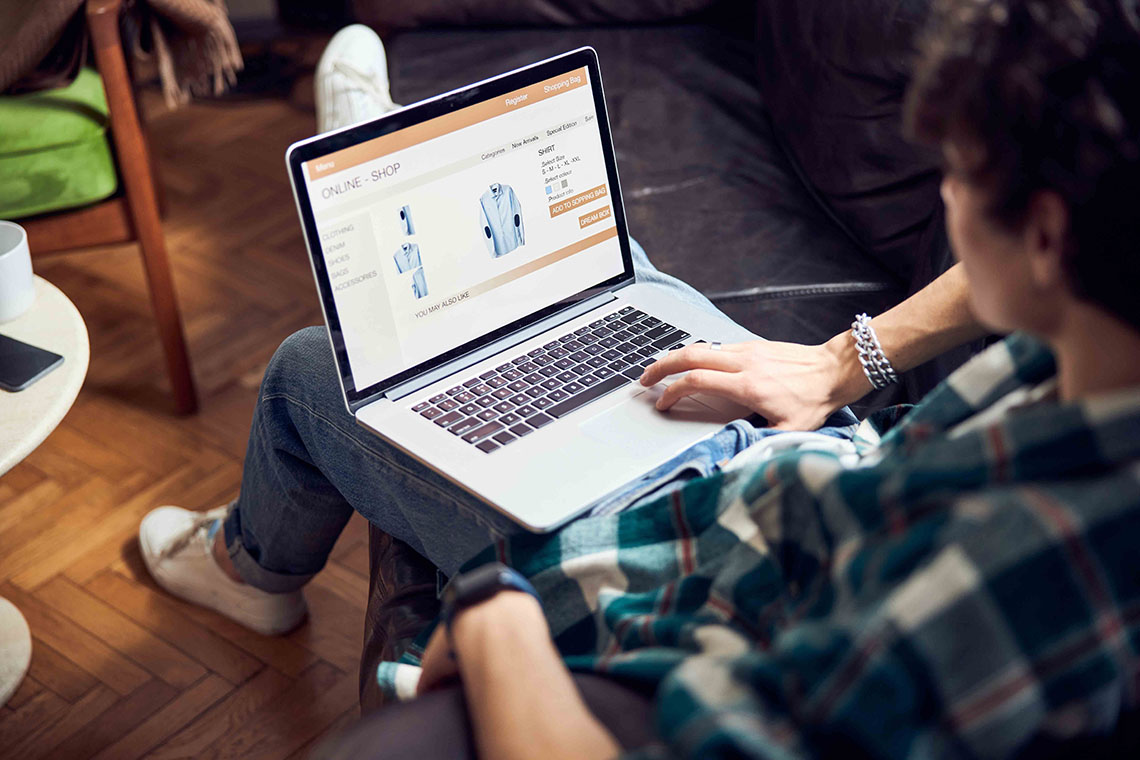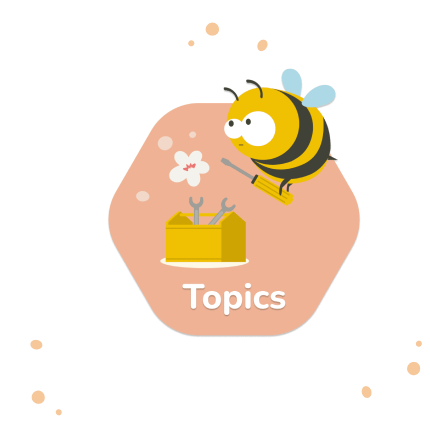Product research is the crucial part of the design and development process, whether you’re creating a brand new product or just adding new features to an existing one.
It allows you to evaluate the demand for your product in the market, analyze market conditions, trends and competition as well as identify the key needs, expectations and pain points of your target audience. All of this is essential for anyone who is planning to create a product that users will love.
There are various product research methods that can be used to gather this information and we’ll go through most of them further on this page.
What are product research methods?
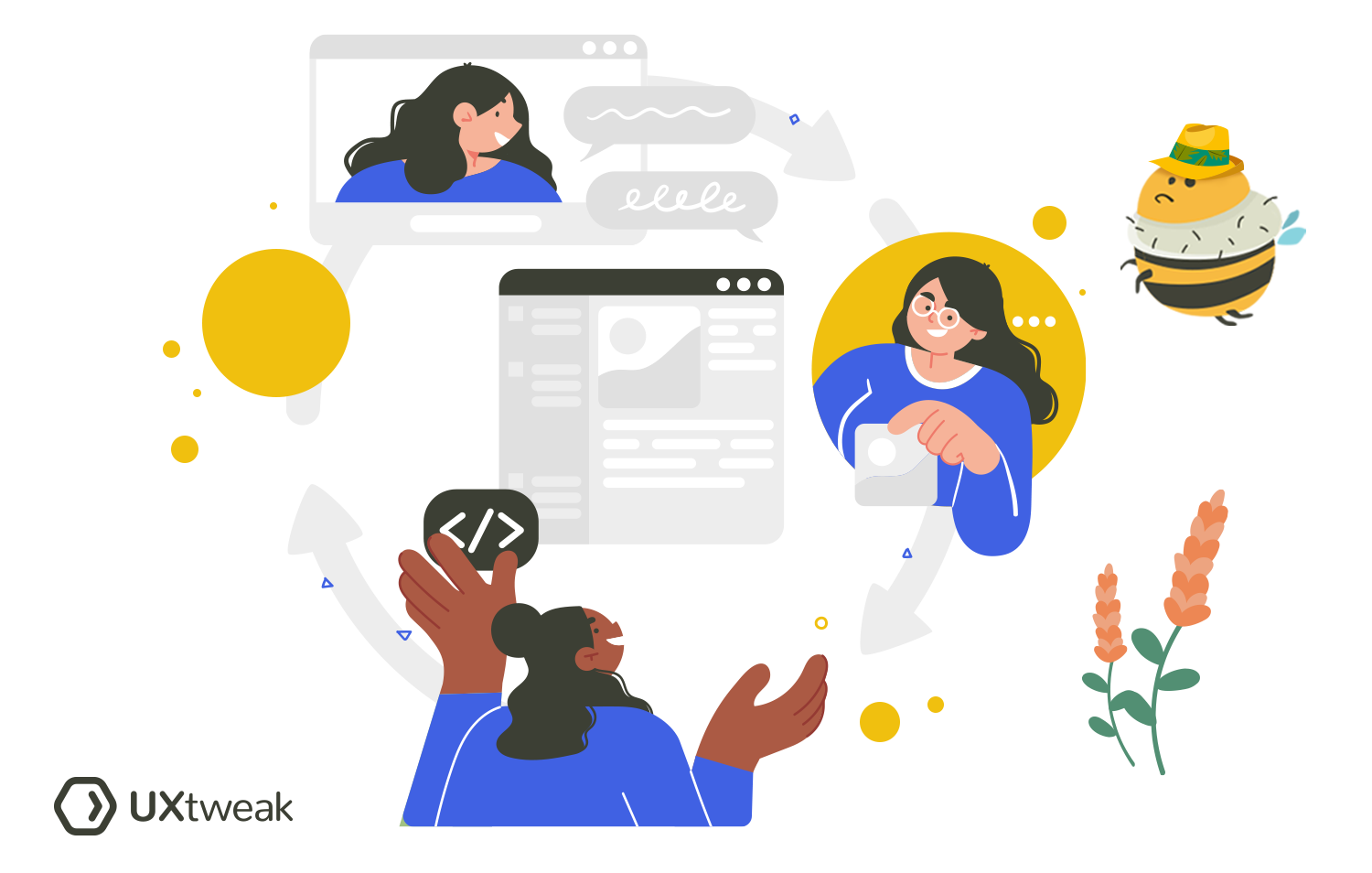
Product research methods are techniques used by researchers to gather qualitative and quantitative insights about the competitors, market conditions and, most importantly, target users.
This includes learning about their struggles, needs and expectations, behavioral patterns and opinions on the product itself.
The information gathered with the help of these methods is later used to support design decisions and create more user-centric products.
How to choose the right product research method?
Choosing the right product research method for your project depends mainly on your goals and budget. The question here is what you’re looking to learn as a result of your product research activities.
Most of the time choosing one or two methodologies is enough to gather knowledge for a small scale project. However, if you are creating something of a larger scale, it’s usually a good idea to use mixed methods, combining them to get the optimal amount of data, diverse enough to drive accurate conclusions.
Product research methods
Here are the product research methods that are most commonly used among researchers:
- User Interviews
- Surveys
- Concept Testing
- Price testing
- Focus groups
- Usability testing
- Online research
Let’s take a closer look at each of them below.
Interviews
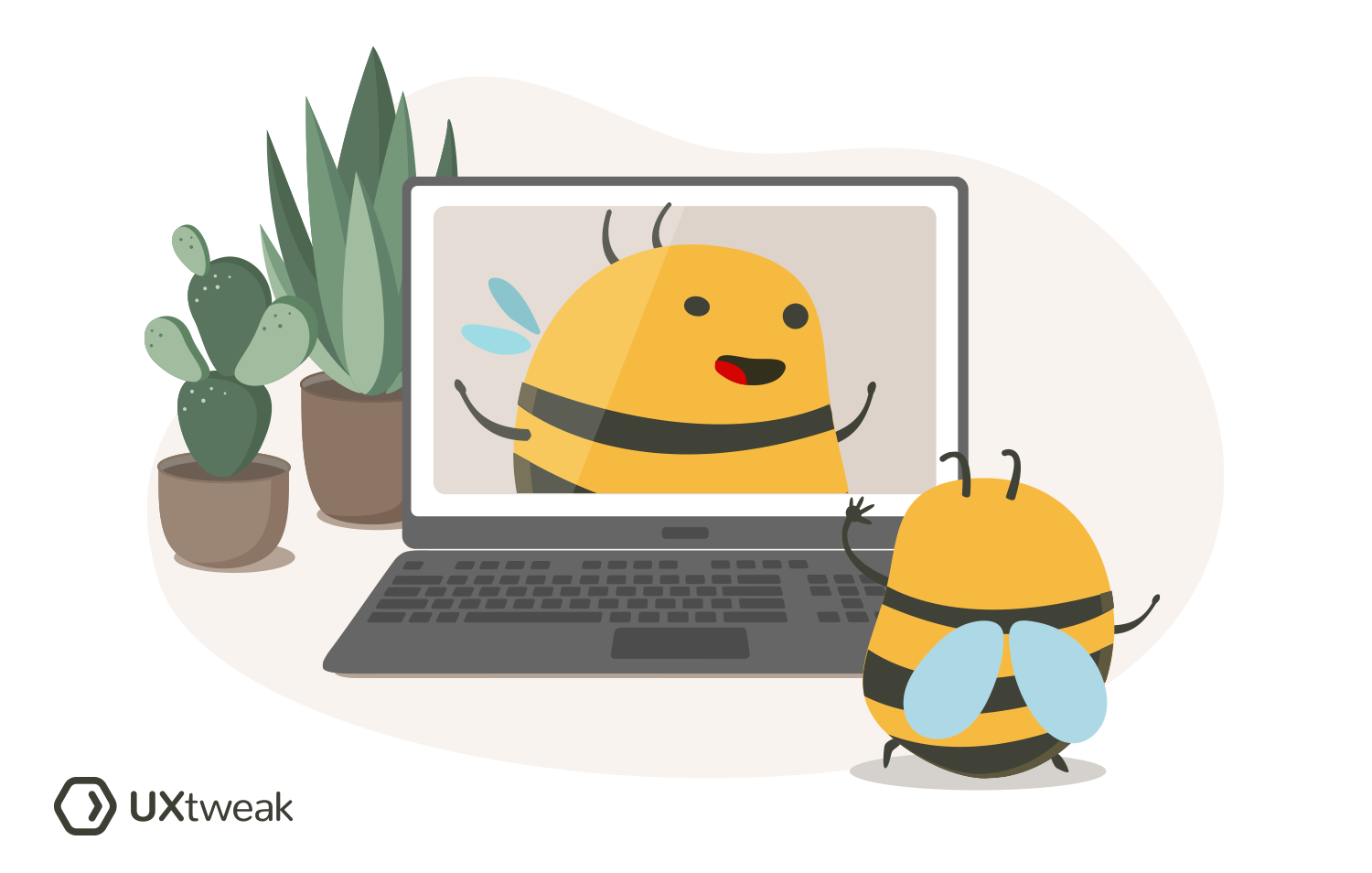
The ultimate way of talking to your users and getting feedback from them directly is through conducting user interviews. This approach is perfect for product research as it allows you to get to know your audience better, ask questions on the spot and get their detailed opinions on the product and its features. Interviews can be conducted either online or offline, depending on the budget and time available.
Nowadays, most companies prefer conducting online user interviews as it’s a much more flexible and budget-friendly approach. Wherever your audience is, you can just schedule an interview with them through one of the online meeting platforms, record the process and analyze it later. All you have to do is prepare a set of questions in advance.
Such interviews are usually moderated by a professional researcher who knows how to organize the whole process in a comfortable way and get the most out of each conversation.
Surveys
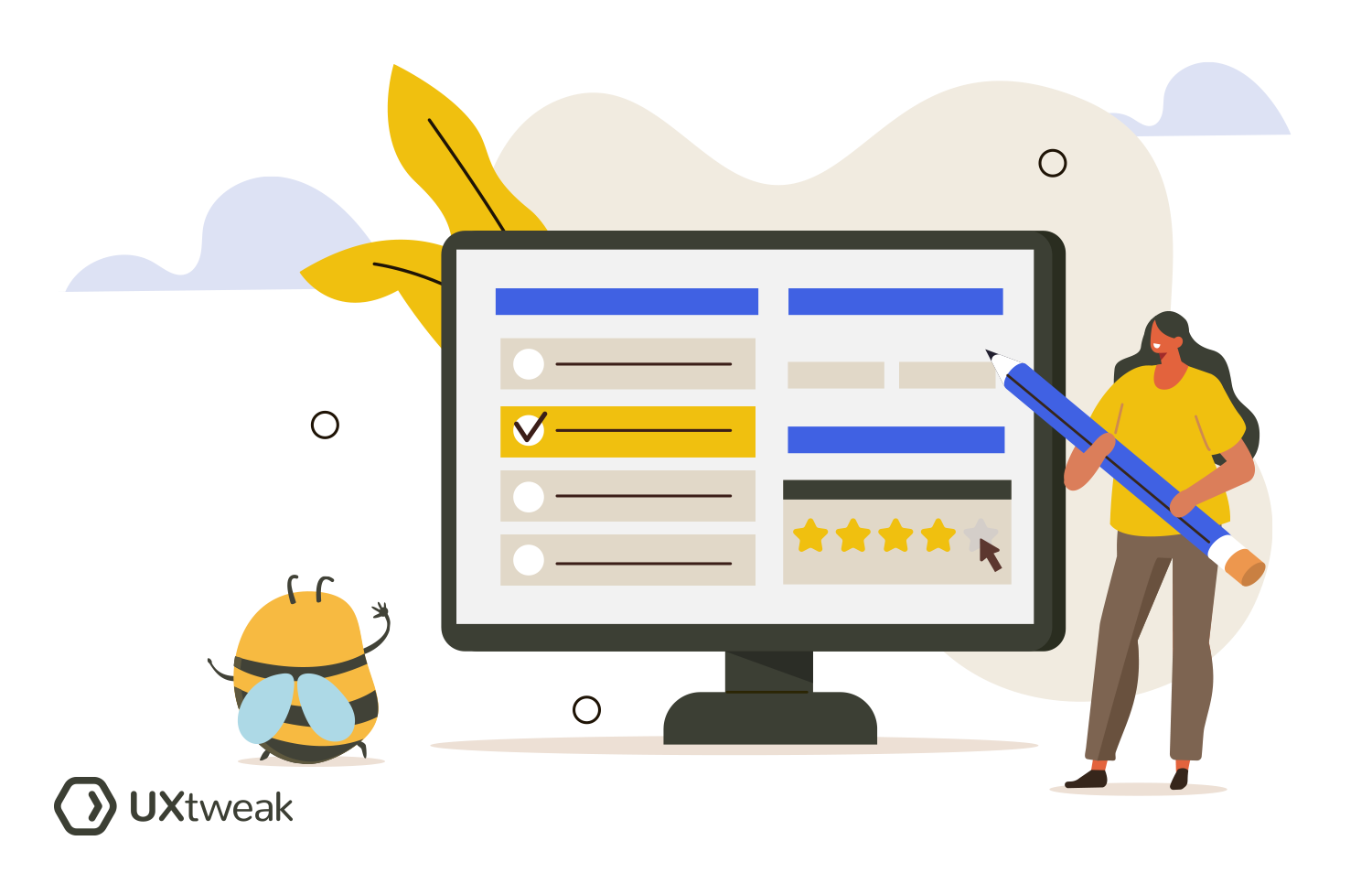
Surveys are one of the commonly used and easy to execute methods of gathering user feedback and product research data. They can be conducted both online and offline and with the various types of questions available nowadays, you’re able to gather all kinds of qualitative and quantitative insights from the users.
When it comes to product research, product feedback surveys are a great way to gather information about how your future users feel about the product, learn more about their background, thoughts and opinions and define the problems that you’ll need to design solutions for.
We recommend sticking mostly to open-ended questions when creating a survey for your product research initiatives. It will allow you to gather deeper insights about the users, let them share their thoughts freely without limiting them with predefined responses. Take your time to create survey questions that lack bias and won’t lead participant’s answers in any way, as this could severely skew the results of your research.
The main downside of this method is that it might not be enough on its own if you’re trying to explore more complex topics.
Concept Testing

Concept testing is a research method used to evaluate your concepts, ideas, and designs. The idea behind concept testing is to present your future customers with an idea/concept of a product and let them share their opinions on it, give feedback and criticism.
This approach is perfect for product research as it helps to identify if there’s an actual demand for your product in the market and gather ideas on how to make it appeal to the end-users.
Conducting concept tests in the product research phase can help to avoid wasting tons of time and money on creating a product that your users don’t actually need. It also saves you from guesswork allowing you to get straight to the paint with what your users’ problems are and how you can do better to solve them.
Price testing

Price testing is a product research method used to analyze the correlation between product’s pricing and demand for it, as well as measure demand elasticity. Simply said, you analyze how much customers are willing to pay for your product and what they’re paying to your competitors.
These types of tests are usually conducted with the help of surveys, A/B tests and other research methods. An example would be testing the same product but with different prices to see which one generates more sales. The goal of price testing is to measure how willing the customers are to pay for the product at different price points.
Based on that data, teams are able to identify the perfect pricing that will generate revenue and still be attractive for the target audience of the product.
Focus groups
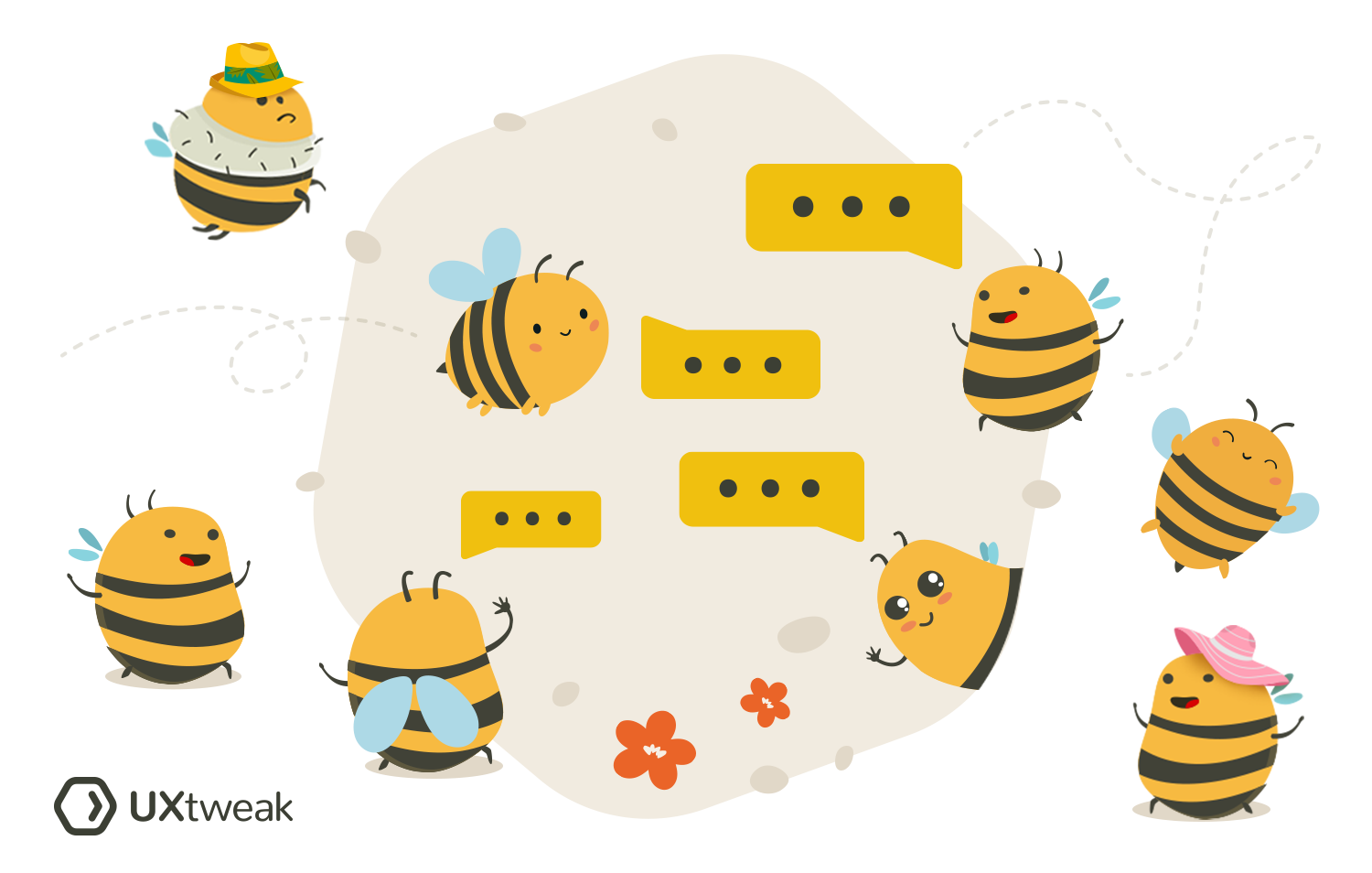
A focus group is a research method that involves gathering a group of your target users (usually from 5 to 10 people) and discussing the product with them. Such sessions last around 2 hours and are moderated by a researcher that keeps the discussion going.
Focus groups are great for generating fresh ideas and bringing up spontaneous insights about the product’s features. They also allow you to watch your target group’s behavior, their patterns and learn more about their opinions.
By leading the discussion you can uncover new information about how users approach certain tasks or how they are currency solving a certain problem. Some of this information would’ve never come up in, for example, a usability test.
Don’t forget to record your focus group sessions so that you’re able to analyze them later (with participant’s permission, of course).
Usability testing

Although usability testing is usually conducted when you already have a product to test (at least its prototype), it can still be useful in the product research phase. There, you don’t yet have a product but are instead trying to gather enough information to inform the further design and development process.
And that’s where Competitive Usability Testing can help!
It’s a great approach to enhance your competitor research initiatives with some fresh non-obvious insights on your competitor’s product’s design and features. You can just run a usability test on their website, see what users love and where they struggle and then use this information to create a winning design strategy for your own product.
You can easily set up a competitor usability testing study with UXtweak’s Chrome Extension! You don’t have to add a single line of code or go through a complex setup process. Just specify the competitor’s website URL and ask the participants to install the extension. On the test recordings you’ll see all the actions they take on the website, including mouse movements, clicks, scrolls and any other dynamic changes.
Check out this usability testing demos to get a better idea of how competitive usability testing works:
Online research
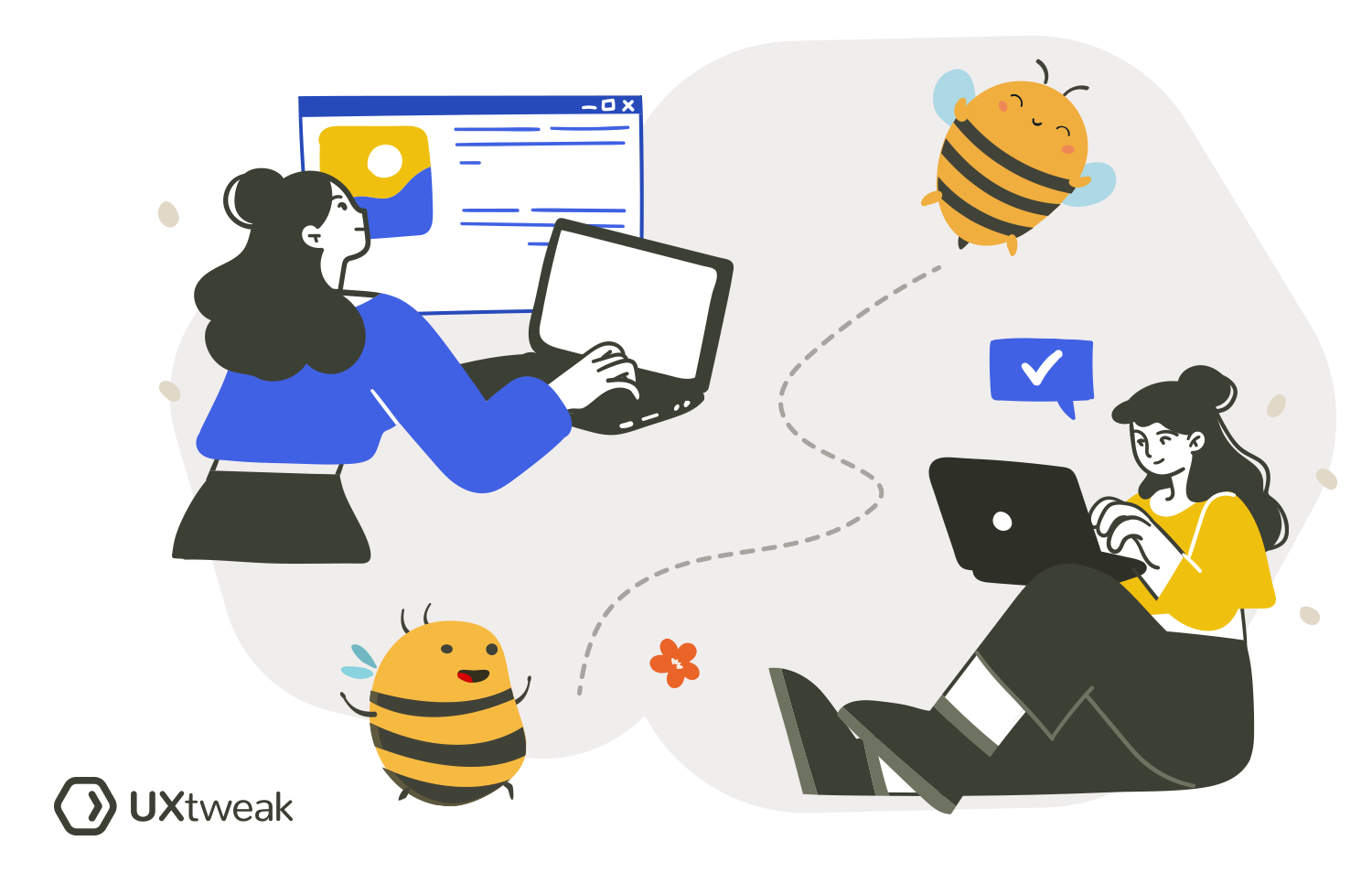
The last and the most budget-friendly way to conduct product research for your project is researching online. While this method may not give you enough data to draw complex conclusions, it’s still necessary to perform in order to be aware of the market and its conditions.
Go online and research your competitors, what they offer and how they do it, identify current market trends. This information will help you get a clearer idea of how your future product should look like and what potential features it might need.
This, of course, should not be a replacement for other research activities, but can be a great addition to them. Keep in mind that online research will only help you gather information about the market and your competitors.
To learn who your users are, their needs and struggles, you’ll need the help of user research methods.

